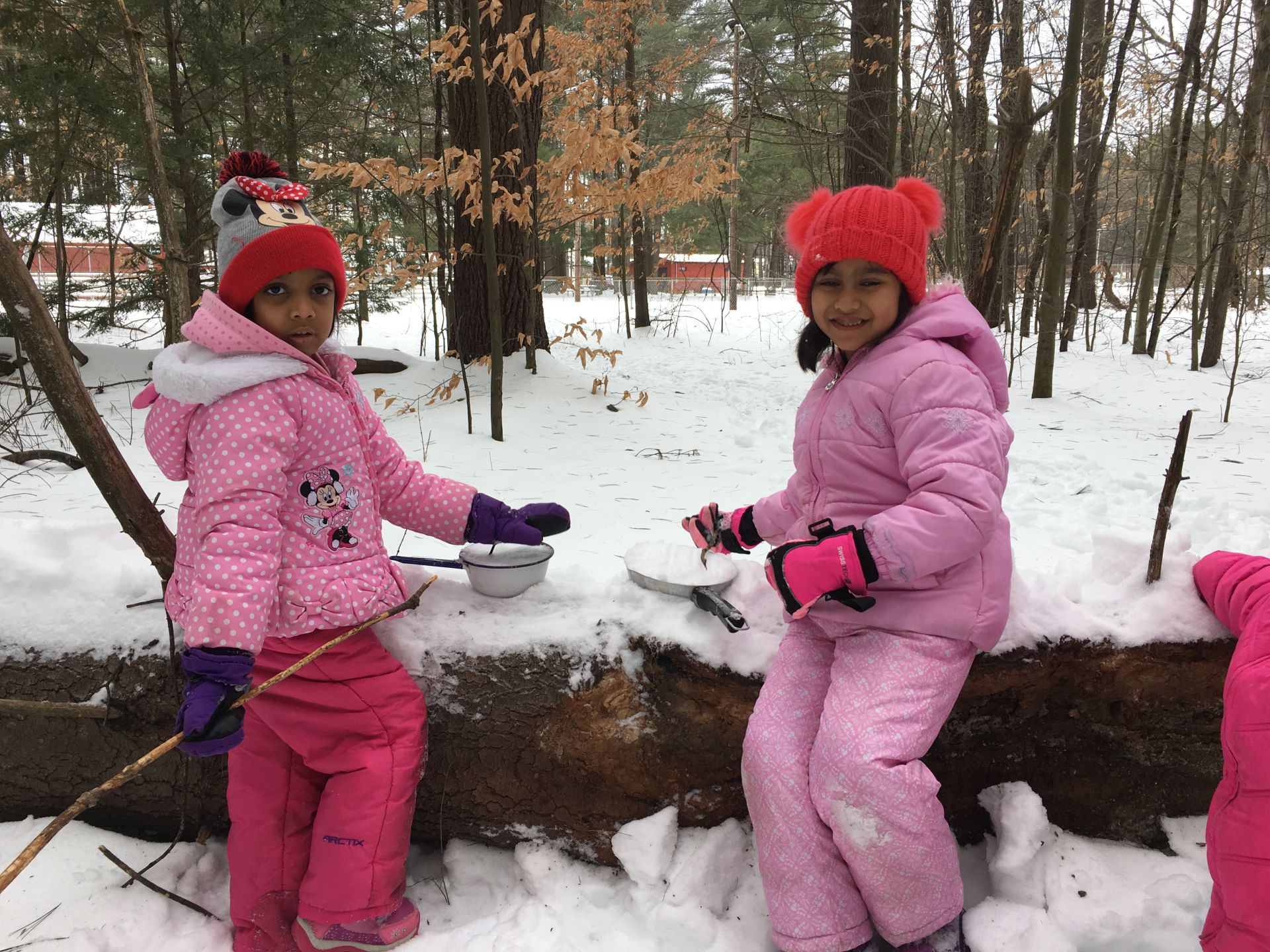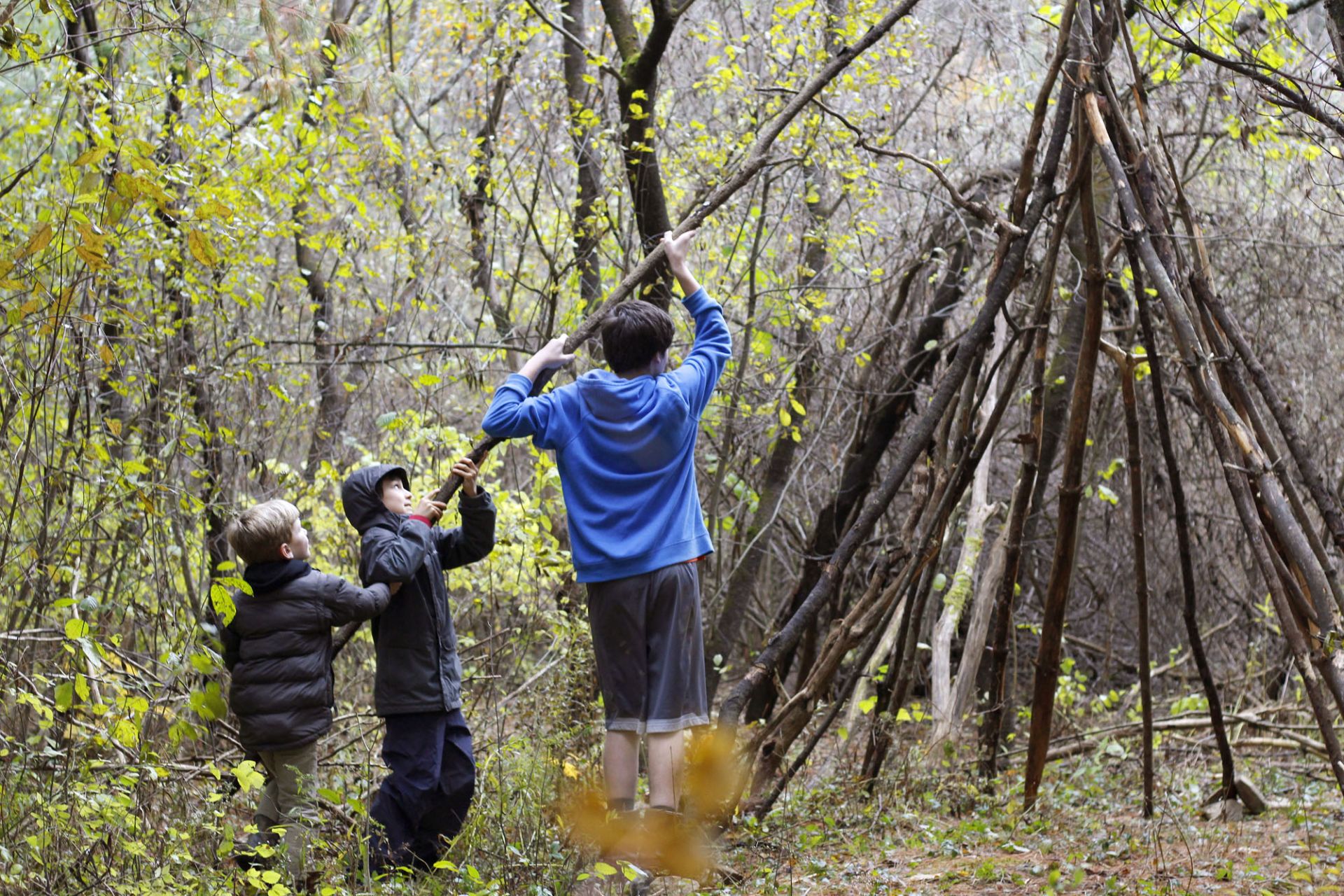
Blog
Stories from my personal journey learning about and delivering Nature-rooted programs across three different countries
Backwards Planning
Caylin (Forest Schooled)

Empty space, drag to resize
I’ve been delivering Forest School programs for several years now, mostly with school age children ages 5 to 12, and so my methods for planning each session have become somewhat subconscious. It’s become so routine that I didn’t even realize how little I thought about it until I received the following suggestion from a public school teacher I was working in partnership with to deliver weekly mornings playing out in the forest with her Kindergarten class:
“It would be great if you could let me know in advance what you’re planning to do and then I can tailor what we do in the classroom beforehand to prepare for it.”
Totally reasonable suggestion from a dedicated teacher with an honourable intention of trying to link the children’s outdoor experiences with their indoor experiences.
But that’s when it dawned on me how and why, in reality, this is nearly an impossible task…. And my reasons are:
- When delivering programs outdoors, so much depends on the weather!

Children’s choices in play often directly respond to what they are experiencing in the moment. When it rains, they may become fascinated with pools of water collecting on a tarp. When it snows, they may want to slip and slide down a hill. When it’s warm and sunny, they may feel excited about searching for bugs or other creatures under logs and rocks. When a noisy flock of geese flies overhead while you’re elbow deep in examining a mushroom on the ground, attention will most certainly shift to the geese. And it may stay there while mushrooms become a distant memory…
Even the activities that I sometimes introduce as an option for children who are interested can only be planned for the day before. That cooking project won’t work if the winds are too gusty for having a fire. Leaf rubbings with paper are useless when it’s raining. And having craft supplies out for children to create with makes little sense in freezing temperatures when the cold reduces finger dexterity and hands are covered in mittens.
What all this means is that I make decisions about what resources to bring out with us (other than the usual safety bag with first aid kit, spare clothing, etc.) at the very last minute based on the weather. Sometimes that’s right before walking out the door to meet the group!
- I want the children to make their own choices about what they learn.

I come prepared with ideas about what the children might want to do that day, but I never enforce them. Sometimes the children just aren’t interested in what I thought would be fun (and filled with learning) and they come fully prepared with their own fun and learning agenda.
Like the time I brought binoculars and guides about birds because of previous interest in feathers and bird calls. Except that day the children were much more interested in animal droppings they found on the ground and created a “scat museum” instead. Or another time where the discovery of a frog led to an unplanned investigation into frog life cycles and what amphibians live in our little part of the world.
These magical moments of excitement, surprise, and delight when children engage with the natural world are hard to predict and yet so very special. Allowing for these moments of spontaneous learning can help increase children’s motivation to learn because they are already curious and captivated. It also communicates that we value what feels relevant and matters to them.
This means that when children are disinterested in an idea or resource I’ve brought with me, it goes out the window. We don’t do it. So it would be entirely plausible that if I told the teacher what I planned, and then they spent days in advance connecting it to things they do in the classroom, we may never actually get to it when we go outside! That could result in disconnect and confusion for the children.
This means that when children are disinterested in an idea or resource I’ve brought with me, it goes out the window. We don’t do it. So it would be entirely plausible that if I told the teacher what I planned, and then they spent days in advance connecting it to things they do in the classroom, we may never actually get to it when we go outside! That could result in disconnect and confusion for the children.
- I plan afterwards

This may seem counterintuitive and even contradictory. If planning means to arrange everything in advance, then how can you do it afterwards?
Well the reality is that I “plan” for one session after the previous one has taken place. That means that if I notice the children were fascinated with tracks in the snow, I’ll bring in more resources related to animals and tracking the next time. Or if they engaged in imaginative play with sticks, I’ll bring in extra material like string so they can extend their creations and possibly learn new skills like knot tying.
I also provide opportunities for the children to tell me what they want to do next time. We often discuss this at the end of the session and I’ll incorporate their feedback when I prepare for the next one. Hence why I brought in rope one day so that we could try to create a zipline! That was great fun (not to mention the embedded physics lessons in forces and motion that we learned that day).
When it comes to my interpretation of what they’ve learned, I do that afterwards too. Throughout our time outside I take notes, photos and videos (with parental consent) and then write up my observations when the session is over. These can be linked to quotes, photos and videos as documentation of the learning. Observations can also be connected to standards or other “outcomes” that may be directed by national or local curricula. This means that I don’t know what the children will learn in advance because it’s something that is uncovered afterwards.
This involves taking a risk and trusting that learning will take place, even when it’s not directed by me. After years of adjusting to letting go of my own agenda, my trust and confidence in this process of education has grown exponentially.
So, after carefully considering the teacher’s suggestion about planning in advance, I tried my best to sum up the points I’ve just expressed above about the weather, allowing for learning-led experiences, and planning after a session has already taken place and we came to the following conclusion:
Rather than communicating what I’ve planned in advance to the teacher, we can instead reflect with each other and the children about what happened and connect the learning in the classroom afterwards. Essentially we’ve just reversed the process.
To me, that’s backwards planning.
More Posts
WANT TO GET FOREST SCHOOLED TOO?
Subscribe to my email letters, something special from me to you so we can learn together. Each one is filled with heart-felt stories from the forest, resources you may find useful, and things that hopefully bring a smile too.
Thank you!
© by FOREST SCHOOLED
